Cars are complex machines with numerous components, and just like any other mechanical device, they can experience issues from time to time. From strange noises to warning lights on the dashboard, car problems can vary widely in severity and complexity. In this comprehensive guide, we’ll explore some of the most common car problems encountered by drivers and provide Troubleshoot Car Problems Tips to help diagnose and address them effectively. These Troubleshoot Car Problems Tips will guide you through identifying the root causes of issues and offer solutions to get your vehicle back on the road. By following these Troubleshoot Car Problems Tips, you’ll feel more confident in handling car problems on your own, saving time and money. Whether it’s a minor inconvenience or a more serious malfunction, these Troubleshoot Car Problems Tips will help you keep your car running smoothly.
1. Engine Misfires
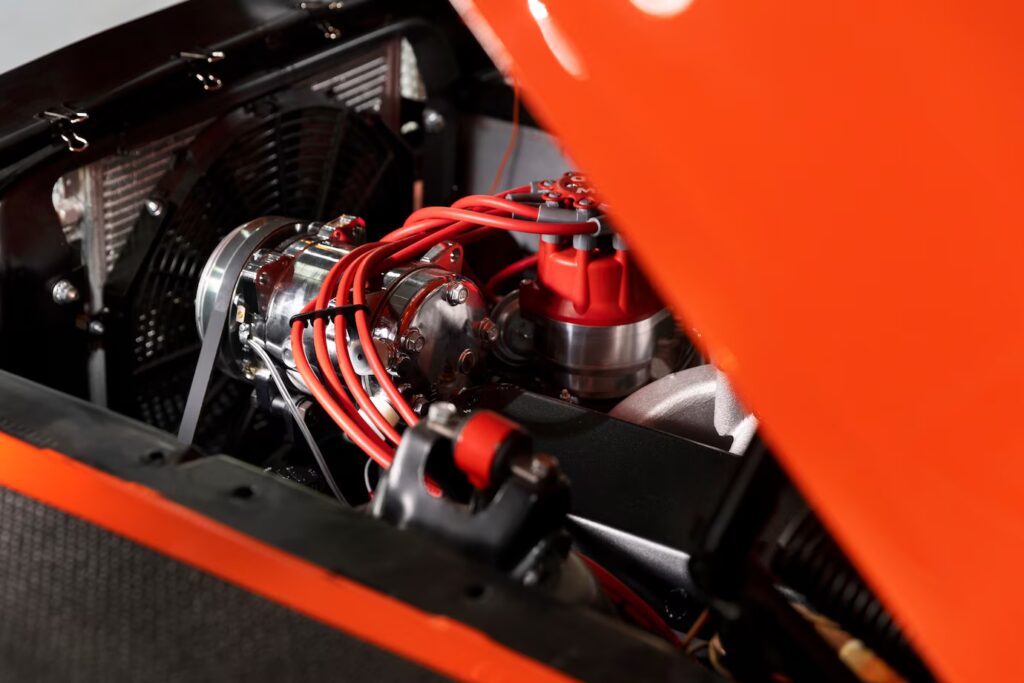
An engine misfire occurs when one or more cylinders in the engine fail to ignite properly, resulting in rough idling, poor acceleration, and reduced fuel efficiency. Common causes of engine misfires include:
- Faulty spark plugs or ignition coils
- Clogged fuel injectors
- Vacuum leaks
- Low compression in one or more cylinders
To troubleshoot an engine misfire, start by checking the spark plugs and ignition coils for signs of wear or damage. Replace any worn or faulty components as needed, and ensure proper gap settings for the spark plugs. If the issue persists, consider cleaning or replacing the fuel injectors, checking for vacuum leaks, and performing a compression test to assess engine health.
2. Check Engine Light
The check engine light is a warning indicator on the dashboard that illuminates when the onboard diagnostic system detects a problem with the engine or emissions system. Common causes of a check engine light include:
- Loose or damaged gas cap
- Faulty oxygen sensor
- Malfunctioning mass airflow sensor
- Exhaust gas recirculation (EGR) valve issues
To troubleshoot a check engine light, start by checking the gas cap to ensure it is tight and properly sealed. If the light persists, use an OBD-II scanner to retrieve diagnostic trouble codes (DTCs) stored in the vehicle’s computer system. Refer to the DTCs to identify the specific issue, and address it accordingly by repairing or replacing the affected component.
3. Overheating
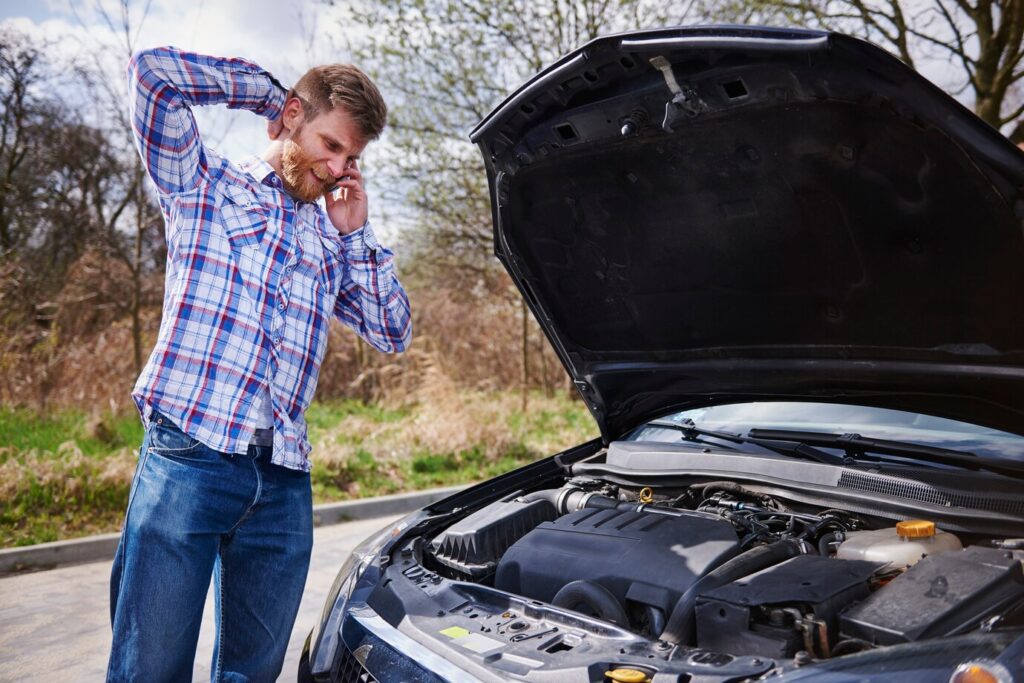
Overheating occurs when the engine’s cooling system fails to regulate temperature effectively, leading to potential engine damage and breakdowns. Common causes of overheating include:
- Low coolant level
- Leaking or damaged radiator hoses
- Faulty thermostat
- Malfunctioning water pump
To troubleshoot an overheating issue, start by checking the coolant level in the overflow reservoir and radiator. If low, add coolant to the appropriate level and check for leaks in the cooling system. Inspect the radiator hoses for signs of damage or leaks, and replace any worn or faulty hoses as needed. Additionally, test the thermostat and water pump for proper operation, and replace them if necessary to restore proper cooling system function.
4. Brake Problems
Brake problems can manifest in various ways, including squealing noises, pulsating brake pedal, and reduced stopping power. Common causes of brake problems include:
- Worn brake pads or rotors
- Leaking brake fluid
- Faulty brake calipers
- Air in the brake lines
To troubleshoot brake problems, start by inspecting the brake pads and rotors for signs of wear or damage. Replace any worn or damaged components, and ensure proper brake pad and rotor thickness. Check the brake fluid level in the master cylinder reservoir, and inspect the brake lines and calipers for leaks. Bleed the brake system to remove any air bubbles and ensure proper brake pedal feel and responsiveness.
5. Battery Issues
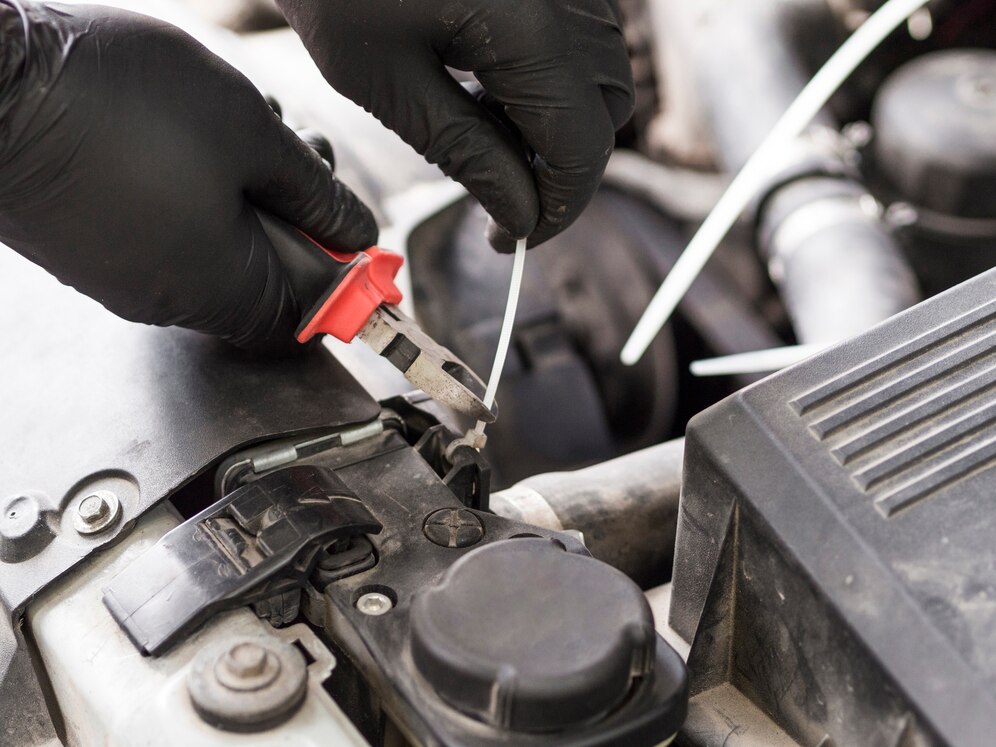
Battery problems can leave you stranded with a dead car battery, preventing the engine from starting or causing electrical system malfunctions. Common causes of battery issues include:
- Corrosion on battery terminals
- Weak or failing battery
- Faulty alternator
- Parasitic drain on the battery
To troubleshoot battery issues, start by inspecting the battery terminals for signs of corrosion or buildup. Clean the terminals with a wire brush and baking soda solution, and ensure tight connections. Test the battery voltage using a multimeter to determine its state of charge, and replace it if necessary. Check the alternator for proper charging voltage, and address any issues with the charging system to prevent future battery problems.
6. Transmission Problems
Transmission problems can manifest as slipping gears, delayed shifting, or transmission fluid leaks. Common causes of transmission issues include:
- Low or dirty transmission fluid
- Worn or damaged transmission components
- Faulty transmission solenoids
- Torque converter problems
To troubleshoot transmission problems, start by checking the transmission fluid level and condition. If low or dirty, perform a transmission fluid flush and refill with the appropriate fluid. Inspect the transmission for leaks and worn or damaged components, and replace or repair as needed. Test the transmission solenoids for proper operation, and consider consulting a professional mechanic for further diagnosis and repair.
7. Suspension and Steering Concerns
Suspension and steering problems can lead to poor handling, uneven tire wear, and vibrations while driving. Common causes of suspension and steering issues include:
- Worn or damaged suspension components
- Loose or worn steering linkage
- Faulty power steering system
- Misaligned wheels
To troubleshoot suspension and steering problems, start by inspecting the suspension components such as control arms, ball joints, and bushings for signs of wear or damage. Replace any worn or damaged parts, and ensure proper alignment and wheel balance. Check the power steering fluid level and condition, and inspect the steering linkage for looseness or play. Address any issues with the power steering system and alignment to restore proper handling and steering feel.
8. Electrical System Malfunctions
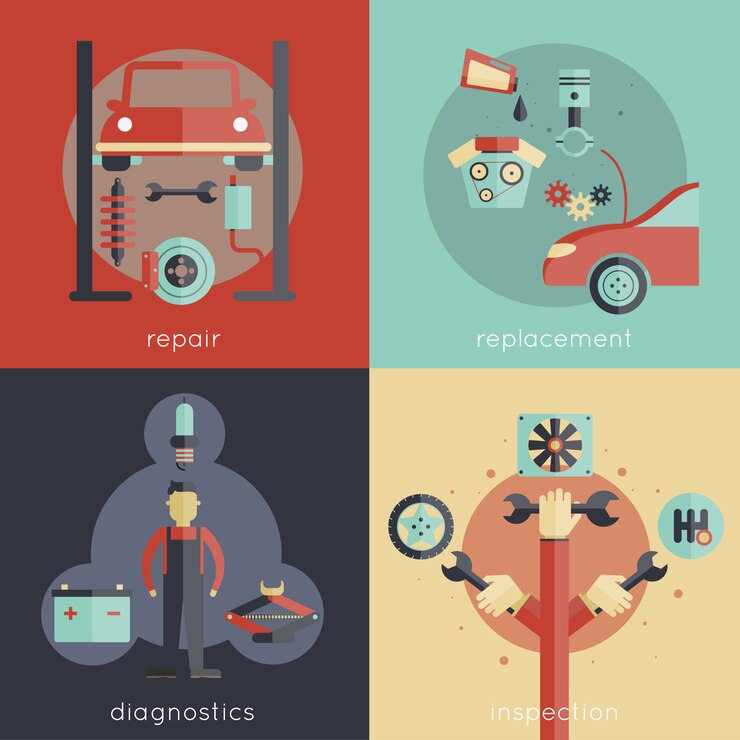
Electrical system malfunctions can manifest as dead batteries, flickering lights, and malfunctioning accessories. Common causes of electrical system issues include:
- Loose or corroded battery terminals
- Faulty fuses or relays
- Wiring harness damage
- Malfunctioning electrical components
To troubleshoot electrical system malfunctions, start by checking the battery terminals for tight connections and corrosion. Inspect the fuses and relays in the fuse box for signs of damage or wear, and replace any faulty components. Test electrical circuits using a multimeter to identify wiring issues or component failures, and repair as needed to restore proper electrical system function.
Conclusion
While encountering car problems can be frustrating, understanding common issues and how to troubleshoot them can help you address issues promptly and effectively. By following the troubleshooting tips outlined in this guide, you can diagnose and resolve car problems with confidence, saving time and money on unnecessary repairs.
Remember to perform regular maintenance and inspections to prevent problems before they occur, and don’t hesitate to seek professional assistance if needed for more complex issues. With proper care and attention, you can keep your car running smoothly and enjoy trouble-free driving for years to come.
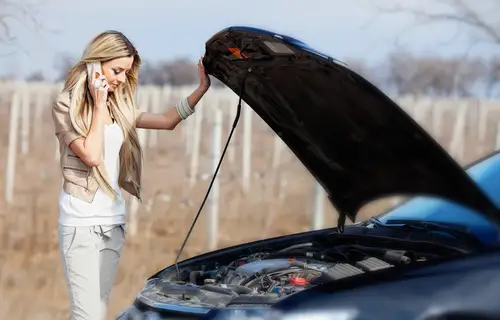
 Top 10 Fastest Bikes in the World (2024 Edition)
Top 10 Fastest Bikes in the World (2024 Edition) Top 10 German Cars That Define Excellence in 2024
Top 10 German Cars That Define Excellence in 2024